Land
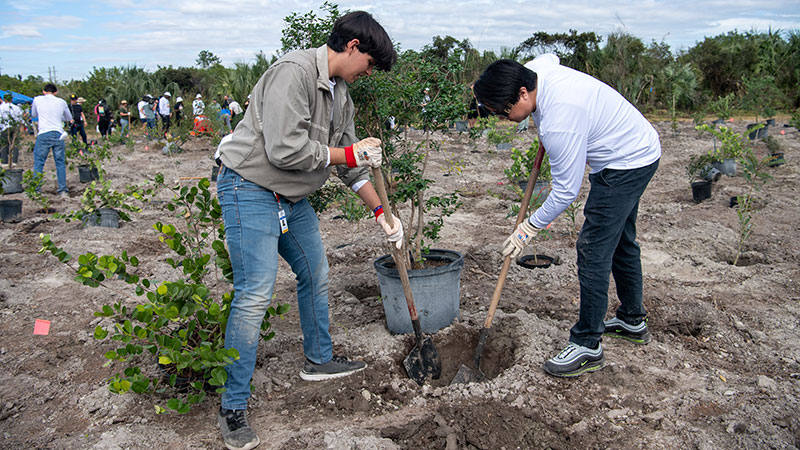
Miami-Dade County’s Environmentally Endangered Lands (EEL) Program’s focus is the protection and conservation of endangered lands.
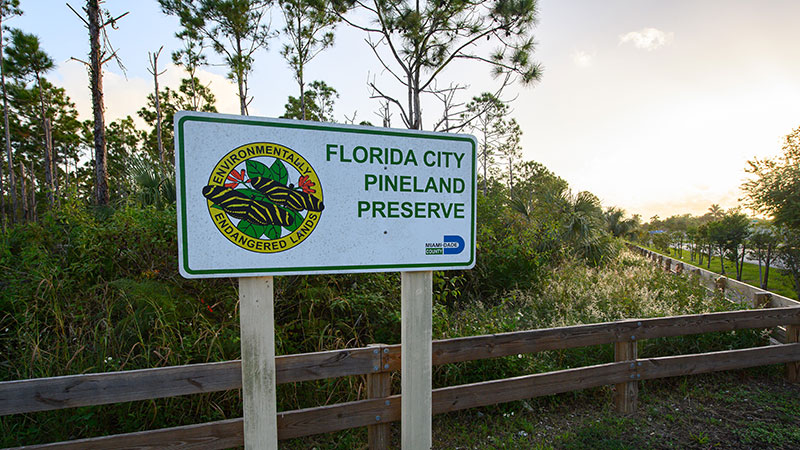
Natural portions of privately-owned environmentally endangered lands are eligibile for tax exemptions.
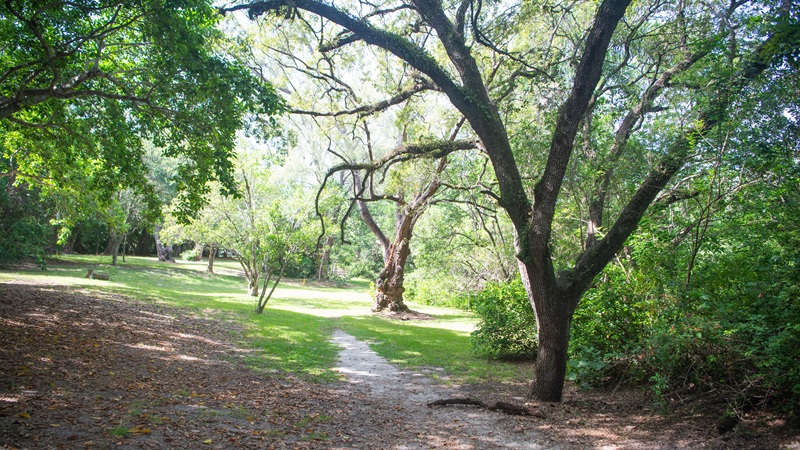
Trees benefit our environment a great deal, providing shade, cooler temperatures, habitat for wildlife and attractive scenery.
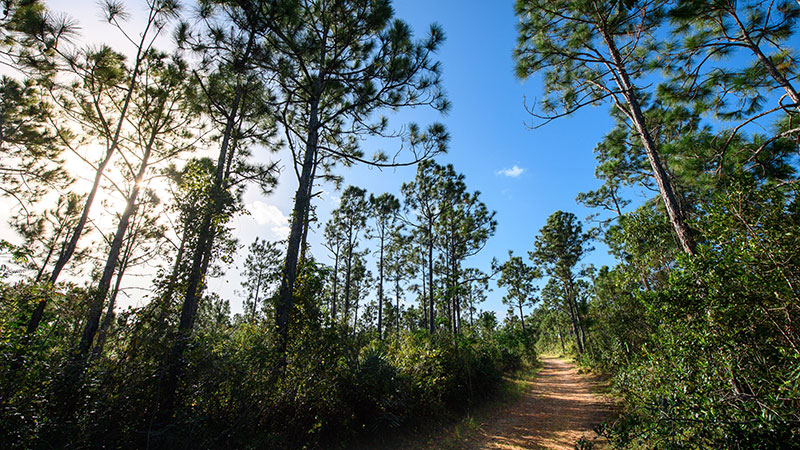
Natural Forest Communities (NFC) are rare upland plant communities that are protected in Miami-Dade County.
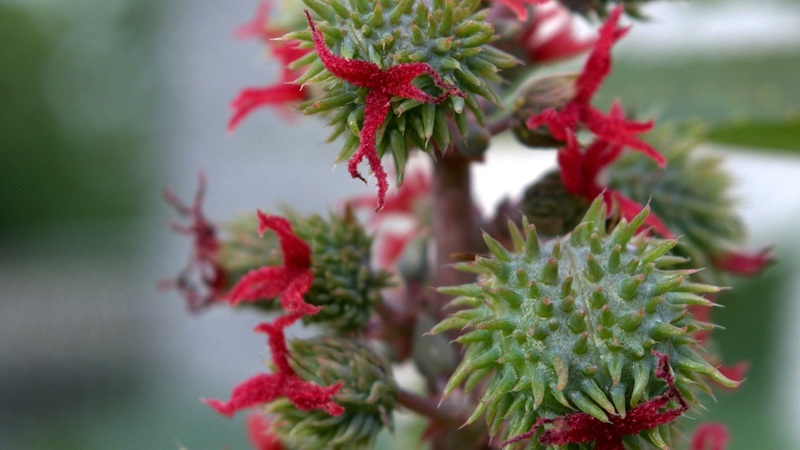
Prohibited plants in Miami-Dade County are invasive, non-native species that outcompete native plants, harm local ecosystems and are banned from being sold, propagated or planted under County law.
Air Quality and Asbestos
Miami-Dade County works to protect air quality for everybody. This includes monitoring air pollution, making and enforcing air pollution laws, and issuing permits to control air pollution.
Water
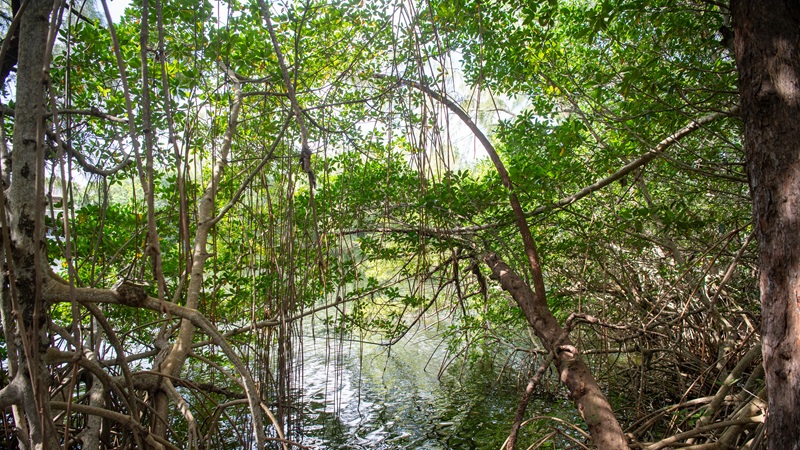
Wetlands contribute to water quality by removing excess nutrients and pollutants that originated in the uplands before they reach the estuary.
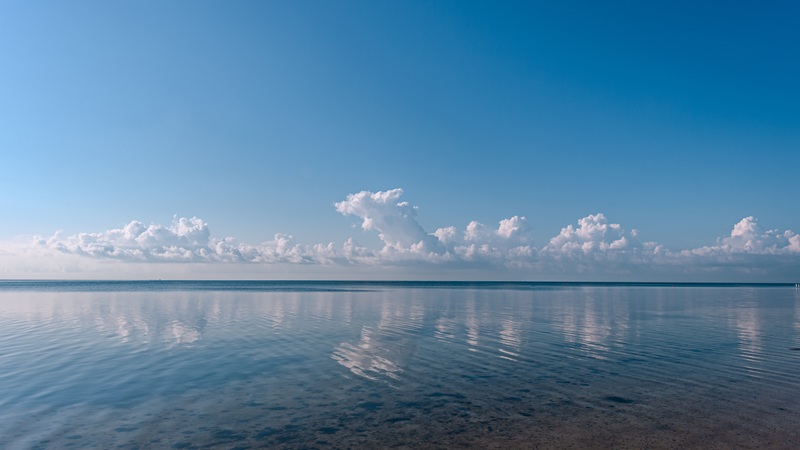
Water quality samples are collected at 87 locations along Biscayne Bay, as well as major drainage canals and tributaries leading to the Bay.
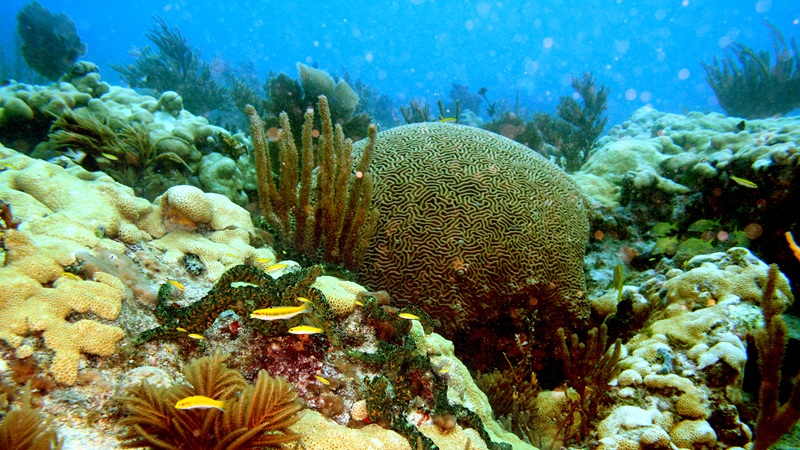
Protects and restores coral and artificial reefs by deploying reef structures, treating coral disease, maintaining mooring buoys, and engaging the public through maps and reporting programs.
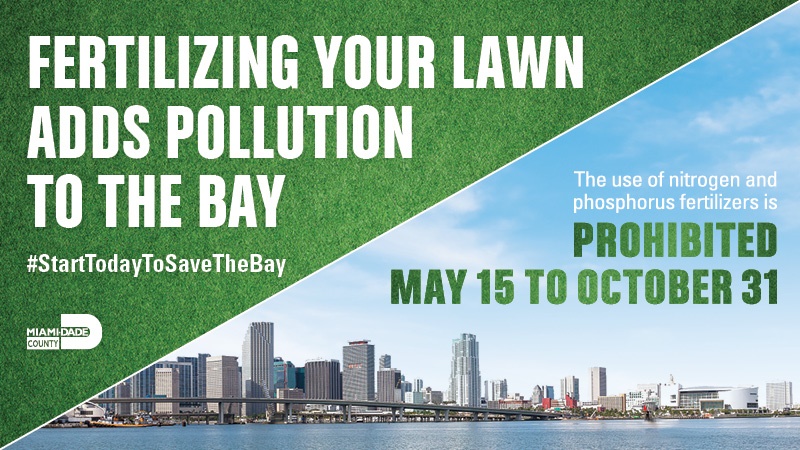
Fertilizer is an important tool that is used in the agricultural industry and to support the production of food. However, fertilizers contain nutrients that can be harmful to aquatic and marine systems such as lakes, canals and especially Biscayne Bay.
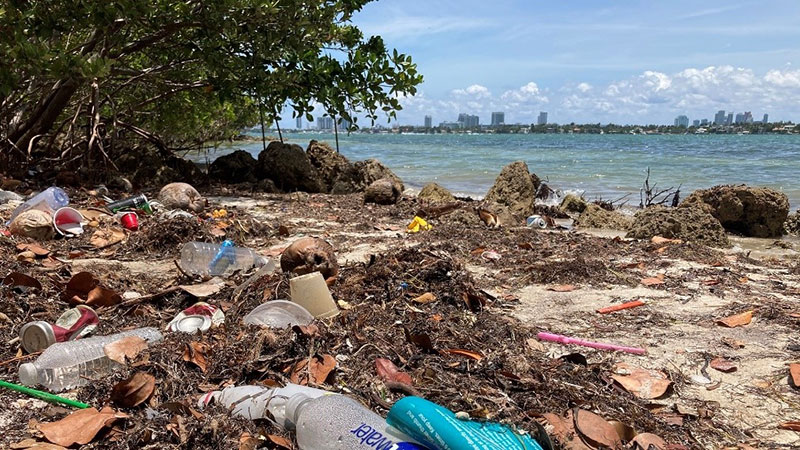
No matter where you live, work and play in Miami-Dade County, you can make a difference in the fight against plastic pollution in our communities, our Biscayne Bay, the ocean and other waterways.
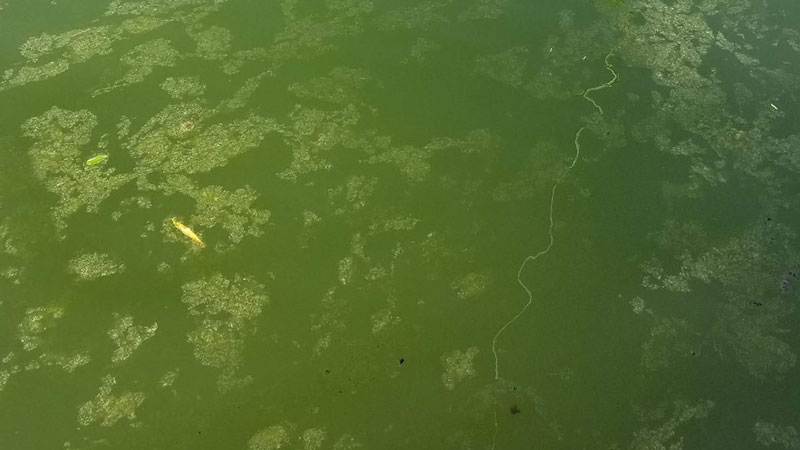
Miami-Dade County has instituted more rigorous standards for new and replacement onsite sewage treatment and disposal systems (OSTDSs), commonly referred to as "septic tanks" or "septic systems."
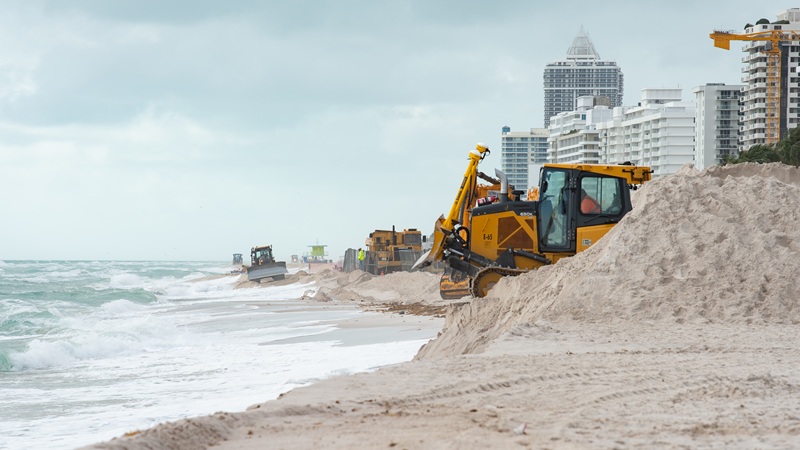
Beach Renourishment in Miami-Dade County protects shorelines from erosion, supports wildlife and safeguards billions in coastal infrastructure while sustaining tourism
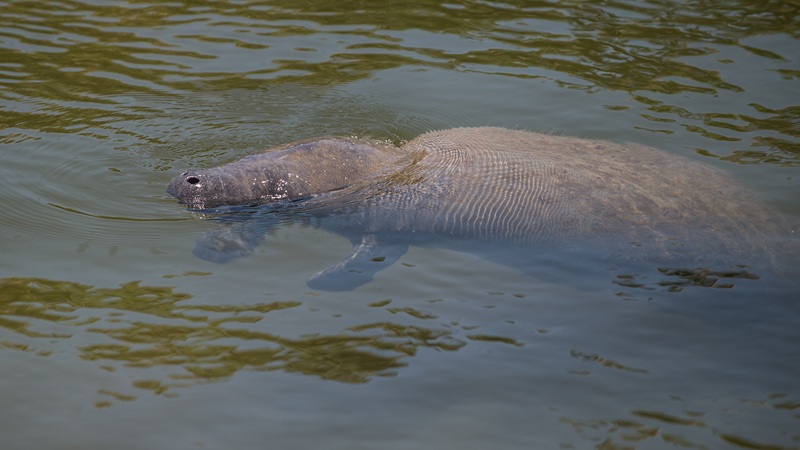
The Florida manatee is a native species found throughout all parts of the state. They are protected by the Florida Manatee Sanctuary Act, and are federally protected by both the Marine Mammal Protection Act and the Endangered Species Act.
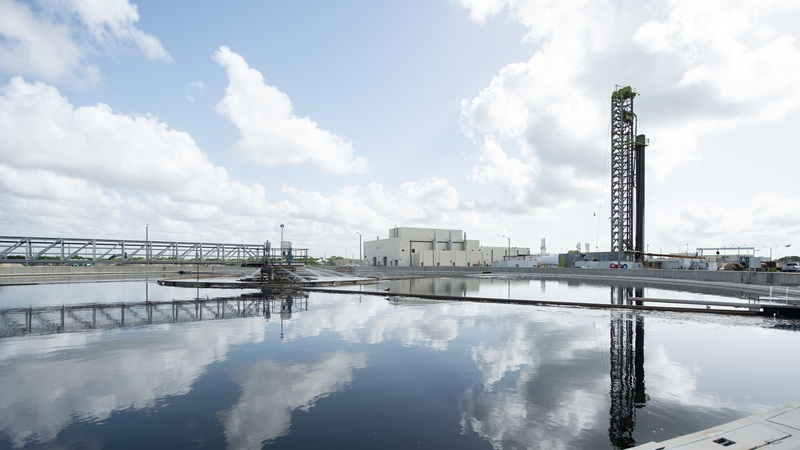
In Miami-Dade County, our drinking water is drawn from the Biscayne Aquifer, a freshwater-bearing limestone rock formation underneath our feet.
About Us
The Department of Environmental Resources Management (DERM) manages today’s growing needs while protecting our environment for tomorrow through responsible governance, smart policy and resource protection.
DERM’s authority and responsibility are rooted in both comprehensive local environmental regulation as well as State and Federally mandated legislation. Programs are designed to manage air, water and land resources for the health, safety and enjoyment of current and future residents and visitors.
